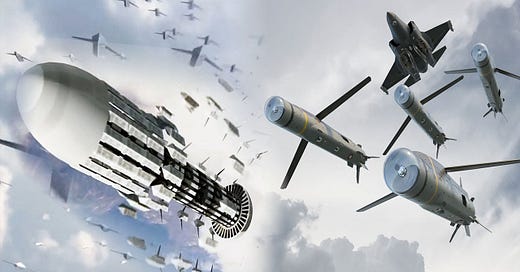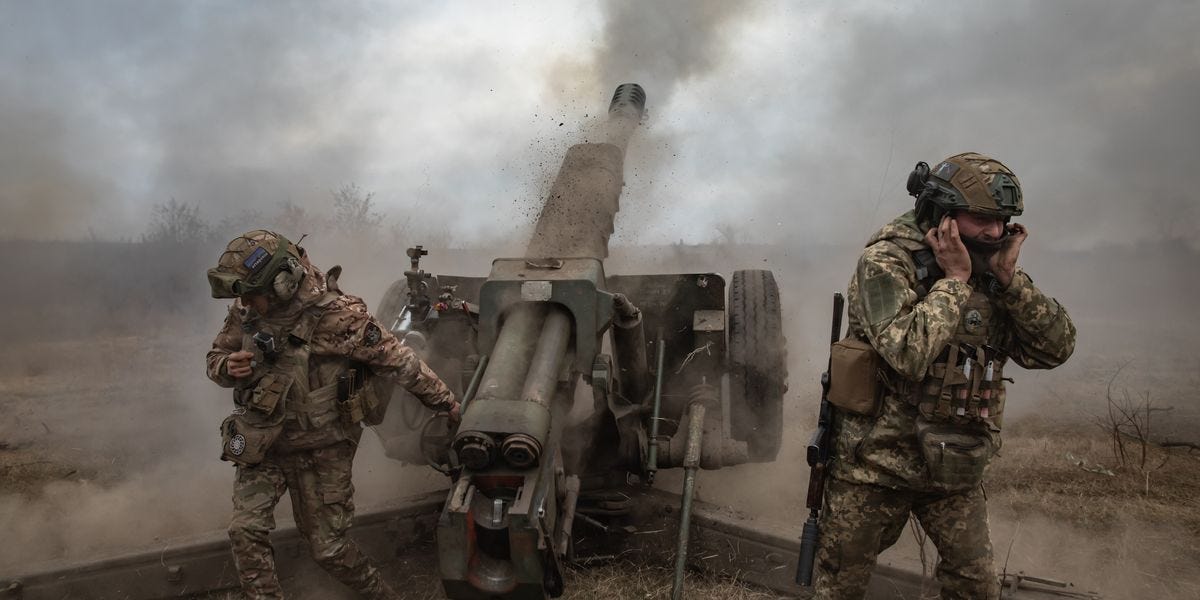Russia surprised the West
Ukraine War rips veil off of US weapons superiority, ‘They’ve grown back’: How Russia surprised the West and rebuilt its force, US sends Replicator suicide drone swarm to counter China in Indo-Pacific
Ukraine War rips veil off of US weapons superiority
By Andrew Cockburn (Responsible Statecraft)
As Russian forces steadily advance in the Kharkiv region, it is becoming ever more clear that the Ukraine war has been a disaster for the U.S. defense machine, and not just because our aid has failed to save Ukraine from retreat and possible defeat. More import…






